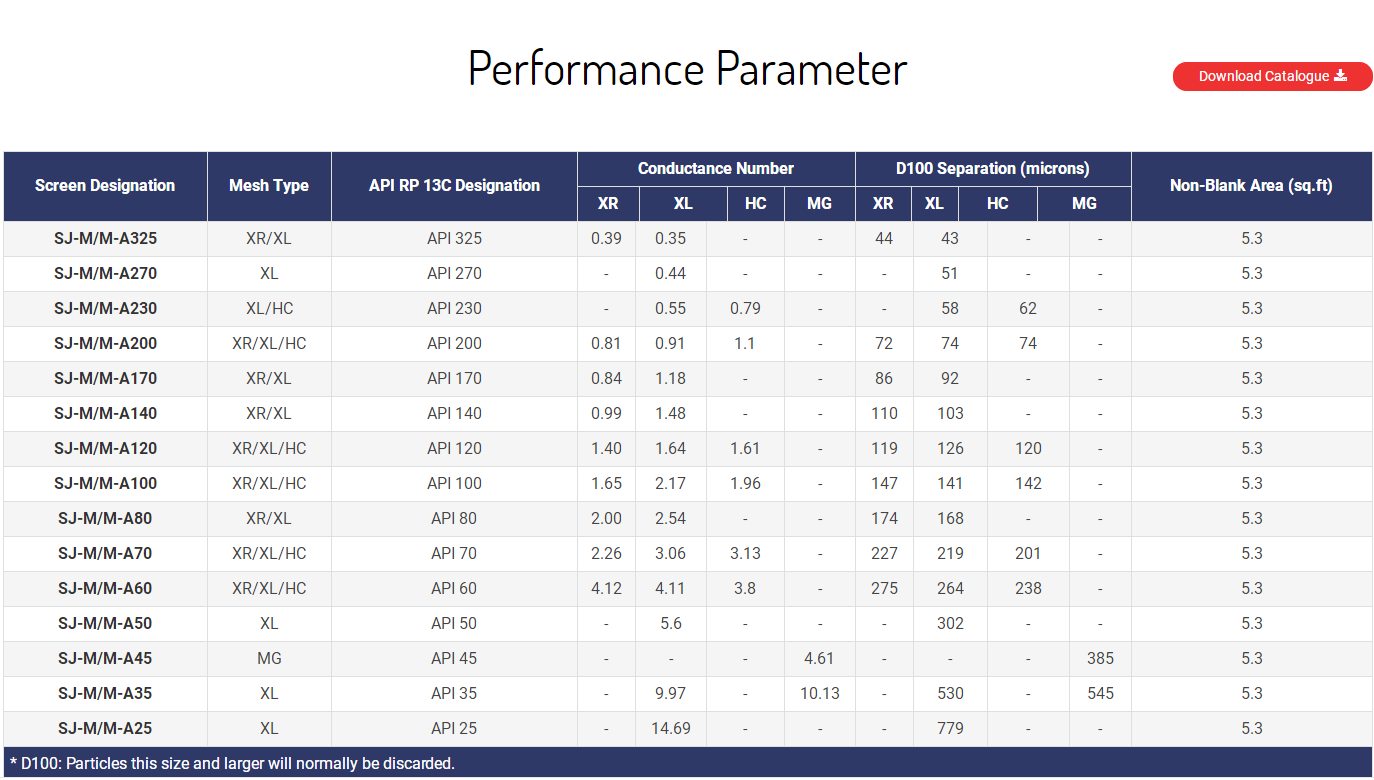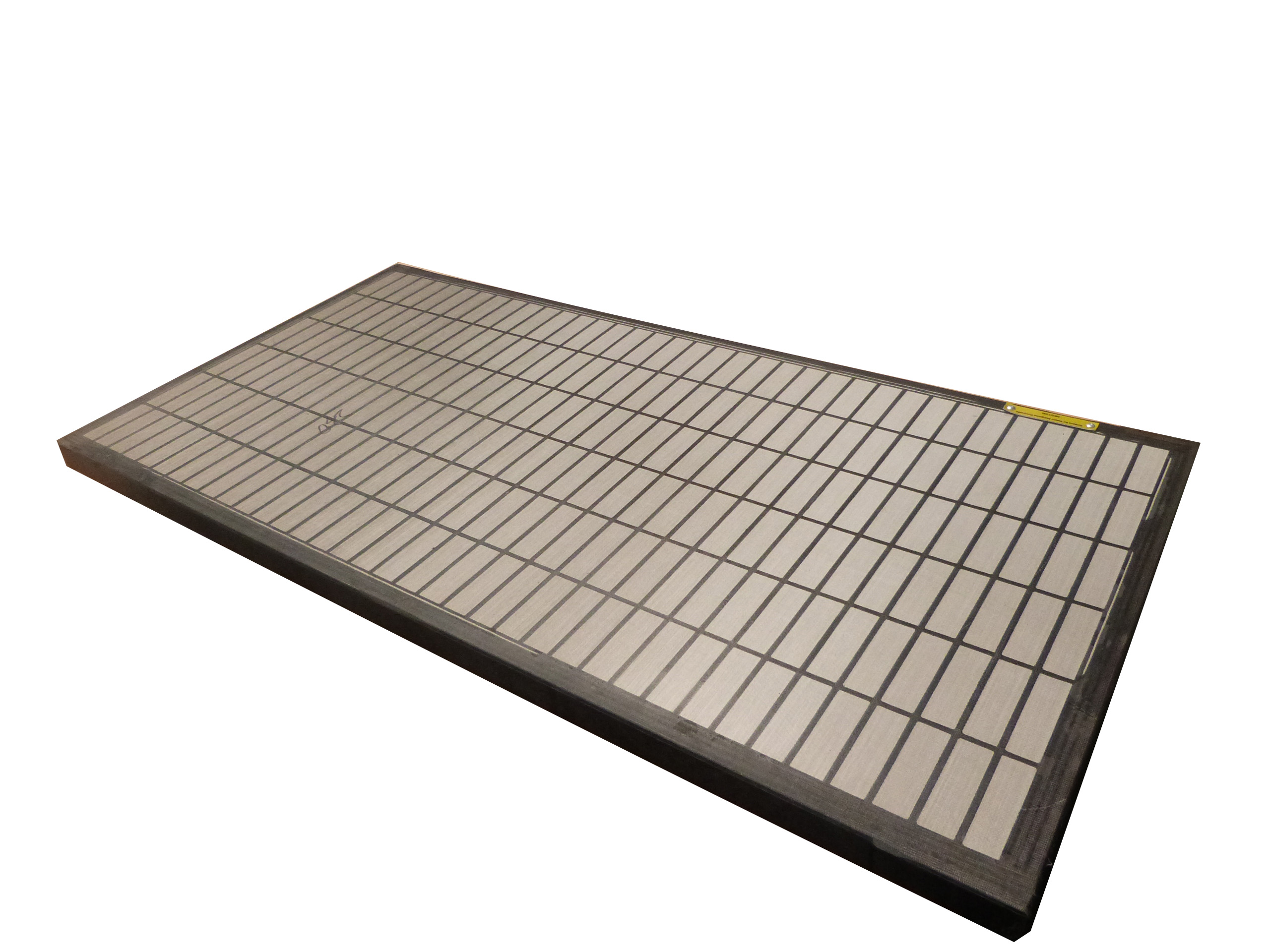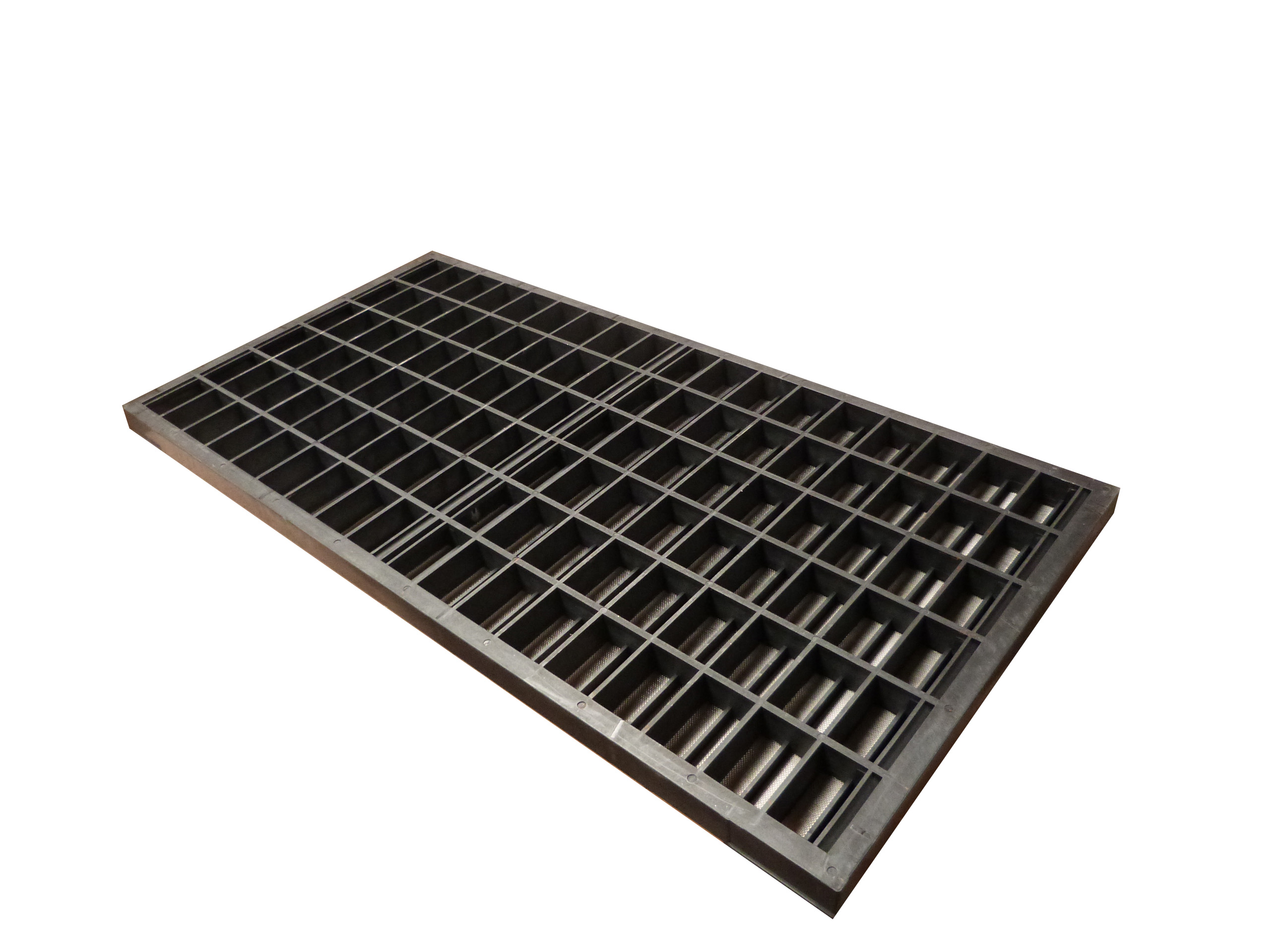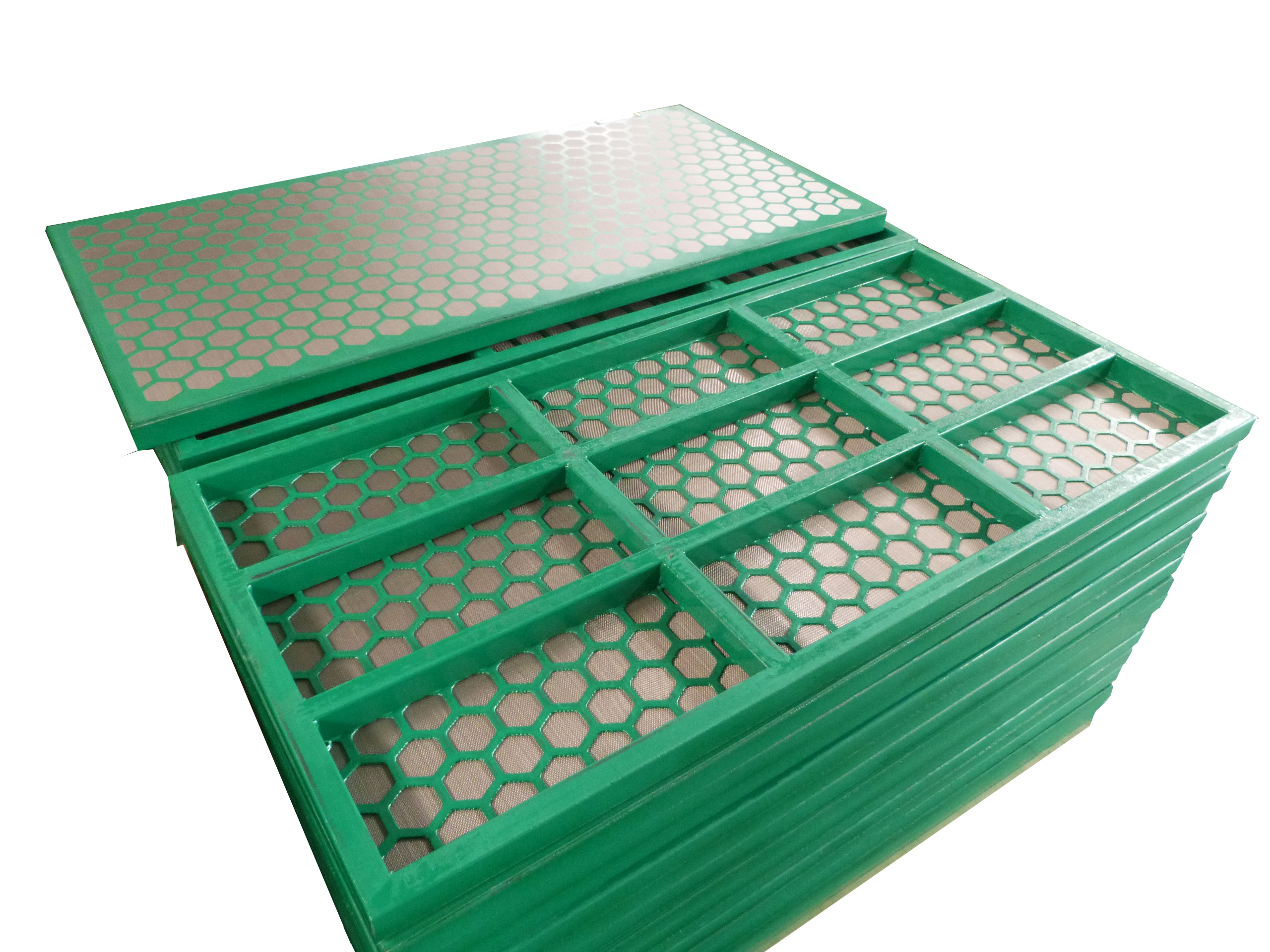Requirements, structure and application of EPS board external wall insulation system
Requirements, structure and application of Fujian building EPS board exterior insulation system Lin Qian (Fujian Engineering Construction Supervision Company Fuzhou explained, specifically analyze the material selection and construction practices of the external wall insulation system, and emphasize the problems that should be paid attention to in the application.
With the rapid development of China's construction industry, in recent years, the annual housing area of ​​the country is about 2 billion square meters, including 1.6-1.7 billion square meters of residential buildings.
These buildings need to consume a lot of energy continuously during the reasonable period of use for decades. According to the estimated data in 1999, China's building energy consumption accounts for more than 27.5% of the country's total energy consumption. Building energy consumption refers to energy consumption in buildings, including heating, ventilation, air conditioning, hot water supply, lighting, and drinking. Energy consumption. With the improvement of people's living standards, people's comfort requirements for buildings are getting higher and higher, heating areas are greatly expanding southward, and air-conditioning and refrigeration range extends from public buildings to residential buildings, from the south to the north, and the use of heating and air conditioning. It is also prolonging, and building energy consumption is growing rapidly. Under the severe energy situation, we must follow the people-oriented, comprehensive, coordinated and sustainable scientific development concept. In accordance with the requirements of building a conservation-oriented society, building energy conservation is a major issue that must be studied and solved in China's sustainable development.
In the building, the heat loss of the outer protective structure is large, and the proportion of the wall in the outer protective structure is large. The heat lost through the wall in winter is about 20% of the total heat dissipation of the building. The window runs away; the heat absorbed by the outer wall in summer is about 30% of the total heat absorption of the building. It is obvious that the thermal insulation performance of the outer protective structure has a direct impact on the indoor thermal environment, so the building wall reform and the wall The development of energy-saving technology is an important part of building energy-saving technology.
At present, my foreign wall insulation is divided into external wall insulation, external wall insulation and external wall sandwich insulation. Because the external thermal insulation makes the building structure in the protection of the thermal insulation layer, the temperature difference effect of the main structure is greatly reduced, the temperature deformation is reduced, the structural wall body is protected, and the cold (heat) bridge can be effectively blocked, so that the building The temperature environment of the structure is stable, the temperature stress is reduced, the thermal performance is good, the heat preservation effect is high, the comprehensive investment is low, and the life of the building structure can be prolonged. It solves many comprehensive effects brought by the other two external wall insulation forms. The quality problem has become the current thermal insulation system for the exterior wall insulation system of EPS panels, which is composed of insulation materials, protective layers and fixing materials, and is attached to the outside of the outer wall. The external thermal insulation system is not a load-bearing component and does not directly affect the stability of the base.
EPS board exterior insulation system performance requirements Weather resistance: After 80 times of high temperature-rain cycle and 5 times of heating-refrigeration cycle, the following damages shall not occur: the finish coating is foamed or peeled off; due to the seam between the insulation boards Damage or cracking caused; the protective layer is hollowed or detached; and cracks are generated which allow water to penetrate into the insulating layer. The tensile bond strength between the surface layer and the insulation layer should be not less than 0.1Mp. The failure interface should be located in the insulation layer.
Wind load resistance: The system wind pressure resistance value Rd is not less than the design wind load value Wd freeze-thaw resistance: after 30 freeze-thaw cycles, the protective layer has no empty drums and falls off, and there is no crack that can penetrate water into the surface of the insulation layer.
Impact resistance: vulnerable parts of the first floor of the building, etc.: 10; buildings with two or more layers of the building are not susceptible to collision: level 3; 0.1Mp damage interface should be located in the insulation layer.
Thermal resistance: The thermal resistance of the composite wall meets the design requirements. The surface of the surface is impervious: the surface is completely wetted for not less than 2 hours.
Protective layer water vapor permeability resistance: no more than 3X103 (m2.h.Pa) / g. Water absorption: when the water soaked for 1h in the water and the protective layer is greater than or equal to 1000g/m2, it is unqualified. When the water absorption in the water for 24h or the protective layer is greater than or equal to 500g/m2, the freeze-thaw resistance of the system should be checked.
EPS board external wall insulation system material selection requirements EPS board exterior wall insulation system has its unique structural form, can not be arbitrarily changed, the external insulation system should be selected according to the standard; the external insulation system supplier should be required to provide all the components of the system The components of the insulation system shall have physical-chemical stability, and all constituent materials shall be compatible with each other and shall have corrosion resistance; a thermal insulation technology that is promoted. o stomach alElecfronicPublishing book in the correct use of g and positive 1 dimension 6 protector ft piece lower plate outer wall external insulation will be reduced to 9 (left and right tfi difference a1 can reach aCic this sharp change of temperature difference produces the use of lishingHouse.Allrights system The period shall be not less than 25 years. In order to ensure the durability of the external insulation system, the supplier shall be required to provide the weathering inspection report; 4) The insulation, heat insulation and moisture resistance of the EPS external insulation composite wall shall comply with the energy-saving design standards for civil buildings. Relevant regulations of national and industrial standards such as (heating residential building code), public building energy-saving design standards, energy-saving design standards for residential buildings in summer hot and cold winter areas, design specifications.
Third, EPS board external wall insulation system construction practices At present, the application of EPS board exterior wall insulation system construction methods can be divided into the following three categories: 2EPS board cast-in-place concrete thermal insulation system 3 mechanically fixed EPS steel wire grid plate External thermal insulation system mechanically fixed EPS steel wire mesh outer insulation system IV. EPS board external wall thermal insulation system should focus on controlling the generation of cracks in the application. 1. Causes of cracks in external thermal insulation system. The material used for exterior insulation is a more advanced form of current insulation practice. The typical method is to use polystyrene board composite cement mortar as the composite insulation board, and then fix the insulation board on the outer wall surface by means of sticking and hanging. This external insulation method protects the concrete shear wall so that the structural wall does not change significantly in size due to changes in outdoor temperature. However, the cement mortar surface of the external thermal insulation block will undergo significant deformation every day as the temperature changes.
Various factors in nature affect the production of cracks. Because the external thermal insulation system is placed outside the outer wall, it directly bears the influence of various factors from the natural world. In terms of solar radiation and environmental temperature changes, the polystyrene board insulation is affected. The thermal resistance of the thermal layer is so large that the heat of the protective layer is not easily diffused by conduction. Therefore, when it is directly exposed to the sun, the heat accumulates on the surface layer of the wall, and the surface temperature thereof is as high as 60 C (Fuzhou area), and the thermal stress of the temperature in case of sudden rain Concentrated on the outer surface of the outer thermal insulation, the outer layer deformation is greater than the inner layer deformation; in addition, when the temperature of the polystyrene board exceeds 70C, the polystyrene board itself will produce irreversible heat shrinkage deformation, and the quality and improper use of the glass fiber mesh cloth cause cracks. A lot of insulation technology has applied glass fiber mesh and achieved good results. However, in some projects, although glass fiber mesh is attached, cracking gradually occurs after several months. The main reasons are: a glass The fiber mesh has a low alkali strength retention rate. Common glass fiber mesh has three different materials, namely alkali-free mesh, medium-alkali mesh and alkali-resistant mesh. Practice has proved that their tensile strength has decreased under alkaline conditions, and it will become more and more in cement mortar. In addition, the different choices of the surface coating material of the glass fiber mesh will also have an important influence on the change of the tensile strength and the alkali strength retention rate of the mesh.
b. The strength of the polymer mortar is too high. At present, the polymer mortar used in combination with the glass fiber mesh cloth has a ratio of cement No. 425: spun yarn = 12 and an appropriate amount of polymer emulsion. This polymer mortar has a high bonding strength. The surface hardness is also very high, and its strength is 1.1~2. (MP cement mortar strength is too high and the use of spun yarn will cause the base layer to crack.
c The mesh cloth is placed in the wrong position. The fiberglass mesh plays a role in soft steel bars in the cement mortar. Whether the mesh cloth can function properly, the position of the reinforcement is very important. At present, the thermal insulation wall surface where cracks often occur, the mesh cloth is laid on the heat preservation wall, and there is a polymer cement mortar layer of 1~3 mm thick outside the mesh cloth. This practice can cause the surface layer to crack after the cement mortar strength increases.
2EPS board external wall thermal insulation system control crack measures The outer wall surface layer should follow the basic principle of flexible release stress. From the rigid and soft, the elastic deformation ability of each adjacent structural layer of the thermal insulation system should match each other, gradually change layer by layer, release stress . In the paint finish, the ideal mode is to gradually increase the flexibility of the crack-resistant protective layer-putty layer-coating layer to avoid cracking.
The components of the external wall insulation system must have physical-chemical stability, and all constituent materials should be compatible with each other and should be corrosion-resistant. The external wall thermal insulation system that has passed the quality system certification and the system material and system performance test and inspection shall be selected. The external thermal insulation system supplier is required to provide all the components of the system to ensure the compatibility and durability of the system materials, and is conducive to clear The external wall insulation system supplier is responsible for the quality of the external insulation project.
The crack resistance of the crack-resistant protective layer placed outside the insulation layer is critical to the crack resistance of the external insulation system. The anti-cracking protective layer should vigorously promote the use of one-component polymer dry-mixed mortar to ensure a certain flexible deformation to release stress, strictly control its material ratio and performance index according to technical specifications, and also use glass fiber in the crack-resistant protective layer. The mesh cloth distributes the stress evenly to prevent the possibility of deformation concentration. From the durability analysis, the high alkali-resistant fiber mesh cloth is much more durable than the alkali-free mesh cloth and the medium alkali mesh cloth. For the selection of the net, it is recommended to use a high alkali resistant mesh cloth. Finally, the thickness of the crack-resistant protective layer should be controlled to avoid cracking due to excessive thickness. Generally, the external insulation of the building with a thickness of 3-5 mm should be the external insulation of the entire building. In the external wall insulation, pay attention to the insulation of the whole wall, but ignore the insulation of the daughter wall, awning, tiger window, bay window, outer balcony, etc., in the material change of the insulation layer and other materials, because the insulation layer and other The material density of the material differs too much, which determines that the elastic modulus and the linear expansion coefficient of the material are also different, and the deformation under the temperature stress is also different, and it is easy to generate cracks in the surface layer at these portions. At the same time, we should also consider waterproof treatment to prevent moisture from invading into the insulation system. It originated in China and is constantly influenced by China in the development process. It is the compound and variation of Chinese and Japanese gardening art. Japan's timber frame buildings and their creations also draw on Chinese tradition. Tang Zhaoti Temple in Nara, Kyoto, Japan is a typical imitation of Tang architecture.
23 Japan's acceptance of foreign religious culture has formed the beauty of pursuing "secluence" in the artistic creations such as gardens. The Japanese region is narrow, with many mountains and plains and few plains, and lack of property. The Japanese have worked diligently and hard work to achieve a year's harvest. However, Japan has many volcanoes, many earthquakes, many typhoons, and many tsunami. The Japanese have formed a compromise and dependence on nature in the process of fighting against nature. They prayed for God's favor and made the worship of God ingrained. At the same time, China's Confucianism, Taoism and later Buddhism culture introduced through China tend to be "a world beyond the real beauty". The quiet and quiet taste has deeply influenced the Japanese spiritual world.
During the Middle Ages in Japan, the ideology of "Xuan Xuan" was gradually formed and developed.
It can be seen that "the consciousness. In China, Laozi's yin and yang philosophy has a fascinating meaning, but from the Tang and Song dynasties in China, the sacred mystery consciousness gradually declined in China. In Japan, the combination of the quiet thought and the local culture in "Xuan Xuan" was obtained. Constantly developing, "Xuan Xuan" consciousness is an indispensable part of Japanese aesthetic consciousness. The famous Japanese scholar Tong Cang Tianxin explained the profound influence of Japanese thought on this thought: "Beauty, or the life of all things, When it is hidden inside, it is more profound than when it appears outside. The life of the universe is often only vigorously pulsating under a certain appearance. It does not appear, but implicitly implies its infinity. "In the aesthetic consciousness of Japan, "Xuan Xuan" is everywhere. The Japanese painter Dongshan Kuiyi pays great attention to the performance in the painting. The beauty of the "Xuan Xuan", the elegant and quiet, the quiet silence contains deep connotations, and the rich flavor is shocking. .
In Japanese gardens, in terms of plant configuration, the Japanese emphasize the ugly autumn and winter scenery; the architectural form expresses the shacks of the meditation and enlightenment. The Japanese loved the tea ceremony. The tea was passed to Japan by the Tang Dynasty in the Tang Dynasty. In Japan, it was combined with Zen's "there is nothing" and "do not make dust" thoughts, and developed into a tea ceremony art. Taking the teahouse garden as an example, Qianlixiu built a grassy teahouse and created a simple and clean era of Japanese tea ceremony. Walking into the tea room hidden in the green plexus, the trickle, clear spring water, the elegant, simple grass, bamboo fence, and the courtyard covered with pine leaves all purify the soul, showing "thousands of Looking at the positive and negative values ​​of aesthetics, Japanese gardens are especially expressive of anti-value. Dryness, silence, jealousy, meditation, absurdity, and sorrow are the essential beauty of Japanese garden aesthetics. From the ultimate aesthetic point of view, Japanese gardens tend to be more Buddhist. Garden activities are increasingly "harmonious, quiet, clear, quiet."
3 Conclusion The world today is experiencing profound changes in the political and economic landscape and a new situation in which all East and West cultures are fully exchanged and integrated. With the deepening of economic globalization, the diversity of world architectural culture has begun to face a violent impact, and the nationality of architectural culture is constantly losing. This phenomenon is particularly prominent in various art fields. This paper hopes to analyze the aesthetic consciousness of the Japanese nation and show the regional nationality and the quality of religious culture in the national culture.
(Finish)
Swaco Mongoose Shaker Screen
Replacement Screens for MONGOOSE/MEERKAT Shakers From M-I SWACO
SJ-Swaco Mongoose Shaker screen have steel and PT frame types for your choice. Both of them are ideally as the replacement screens of SWACO MONGOOSE PRO and MEERKAT PT shale shakers. MONGOOSE units have 4 pre-tensioned screens per shaker basket and the MEERKAT units have 3 pre-tensioned screens per shaker basket. The mesh types are XR, XL, HC, MG available. AS a manufacturer, we provide adequate inventory and caring services unique for clients.
Technical Parameter
- Mesh Material: stainless steel 304/316/316 L.
- Frame Material: Q235 steel/PT.
- Screen Type: XL, XR, HC, MG.
- API RP 13C Designation: API 20 – API 325.
- Package: packed in paper carton, shipped by wooden case
Adaptable Shale Shaker Model
SJ-Swaco Mongoose Shaker Screen are used as the substitute screen for
- SWACO MONGOOSE PRO shaker.
- SWACO MEERKAT PT dual-motion shale shaker.
Competitive Advantage
- Composite frame and PT frame optional.
- SS 304/316 does not rust or delaminate.
- Resistant to fluids that shorten steel frame screen life.
- Manufactured according to the API RP 13C (ISO 13501).
- Scientific & reasonable cost control system for competitive price.
- Adequate inventory in the shortest time to meet customers' demand.

Remarks:
M-I SWACO, MONGOOSE PRO, MEERKAT PT are marks of M-I L.L.C.
ShengJia only produces the replacement screens but not original from M-I SWACO




Swaco Mongoose Shaker Screen
Swaco Mongoose Shaker Screen,Swaco Mongoose Shale Shaker Screen ,Swaco Mongoose Composite Frame Shaker Screen,Swaco Mongoose Steel Frame Shaker Screen
Anping Shengjia Hardware Mesh Co.,ltd , https://www.oilshakerscreen.com